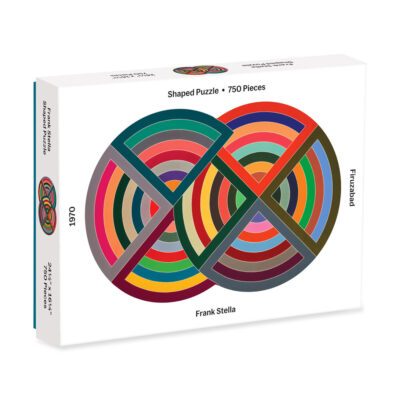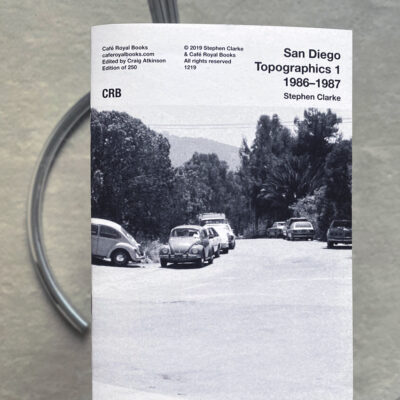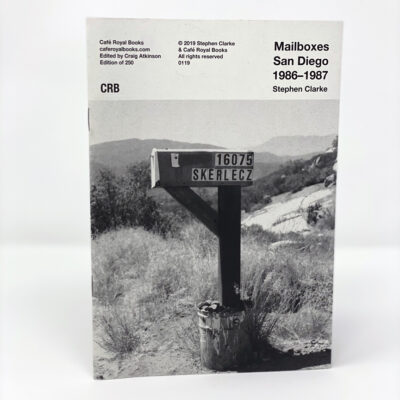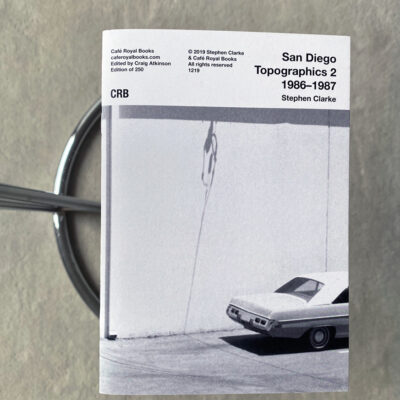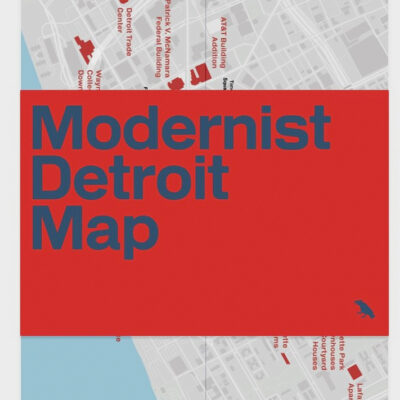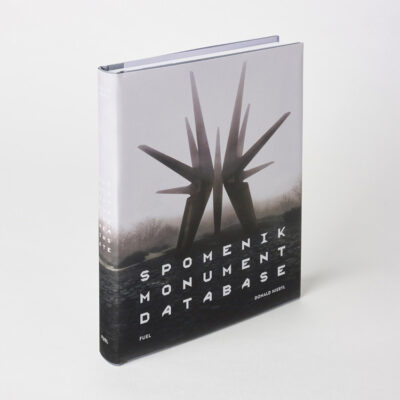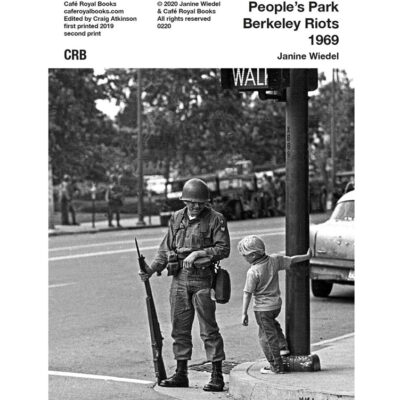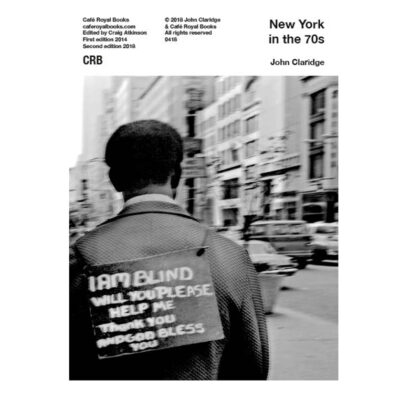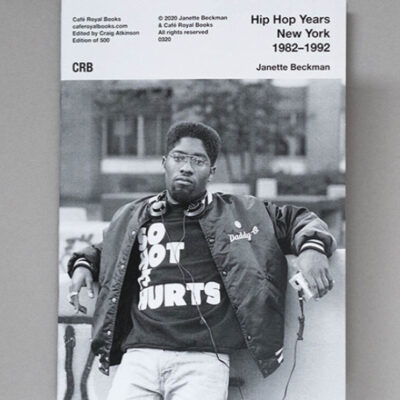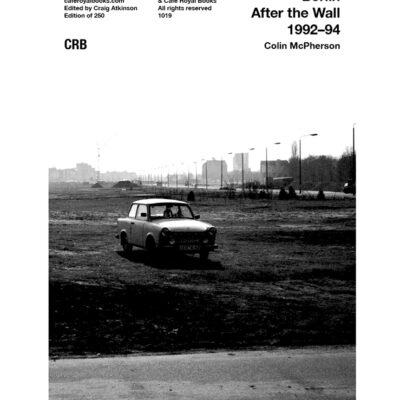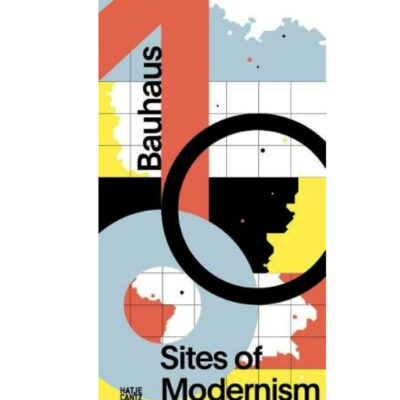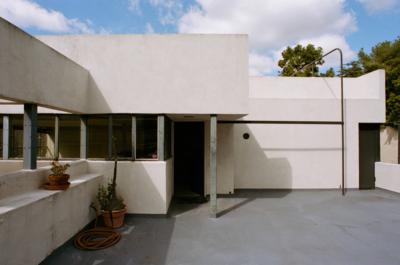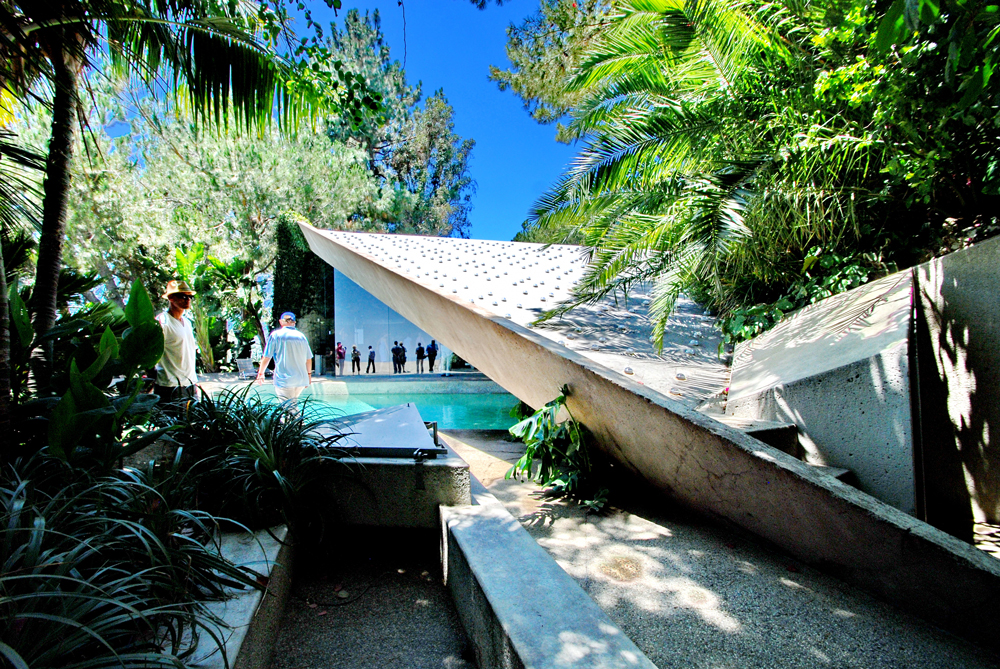A San Diego Story
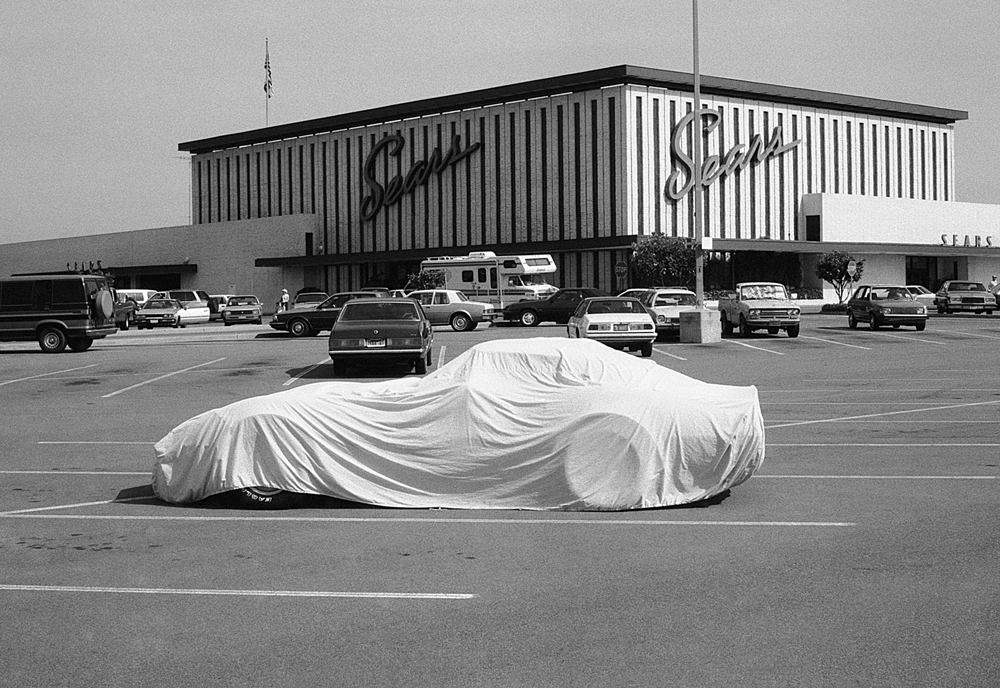
Sears 1987
If not explicitly influencing it, channelling it, much of 20th Century design was a deliberate reaction to, often a rejection of, the lights and values of the brash, bold and ambitious, designs of the USA. Looking at that American landscape from our 21st Century perspective we may now see a gloomier, less confident picture but we still have an affection for the futuristic Googie design, the airstream, the strip mall, all be it now showing the patina of age and neglect. The US was a draw, a magnet for ambition and talent.
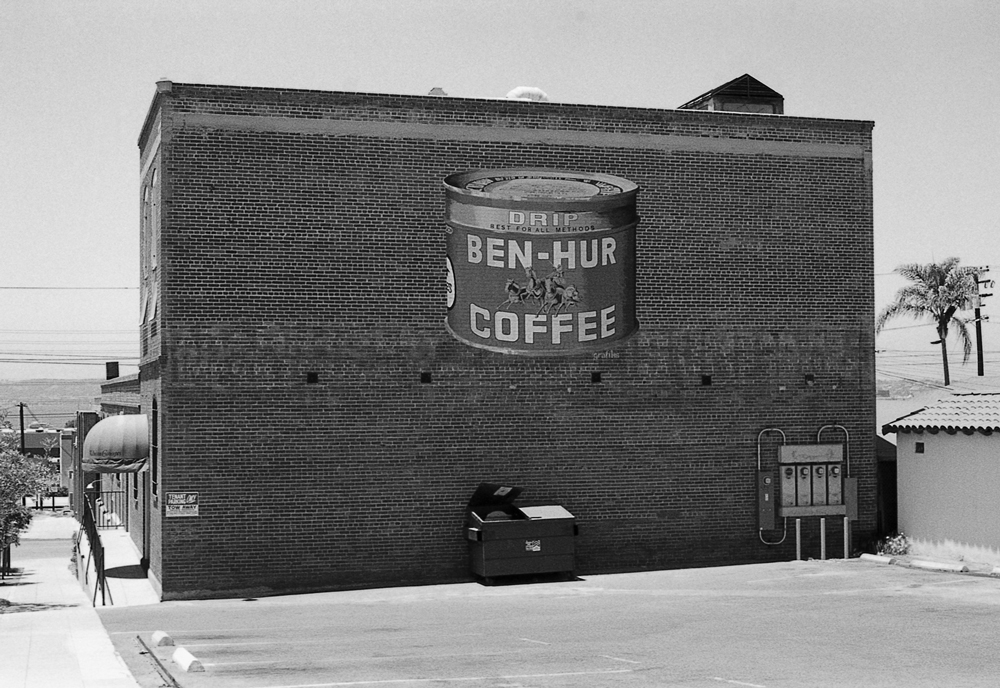
Ben Hur Coffee 1987
Stephen Clarke, a photographer was drawn to Califonia. His current exhibition Alien Resident is taken from his archive of images taken between 1986-1987. The photos also feature in a series of Café Royal Press Zines. Over to Stephen.
In southern California tremors caused by earthquakes are one of the constants that residents take for granted. Like the continual sunshine, the quakes can be counted upon. The sameness of each day in the Golden State is satirised in the film ‘L.A. Story’ (1991), which centres on the observations of Harris K. Telemacher, a Los Angeles TV weather presenter played by Steve Martin. Early in the film, Telemacher and friends are at a restaurant when an earthquake takes place. The unconcerned diners ask Telemacher to rate the quake. He casually gives it a 4, and they all continue to enjoy their lunch unperturbed. While San Diego, 100 miles south of Los Angeles, does not have the same number of quakes, these minor tremors were an undercurrent to my experience of living in the city in the mid-1980s. I can recall the ground moving beneath my feet.
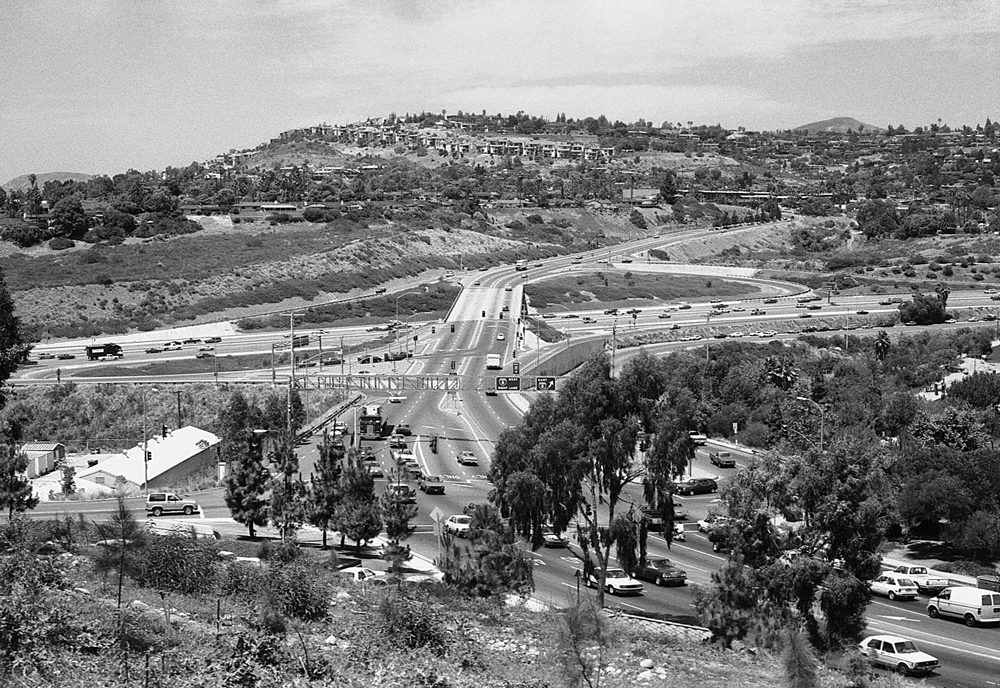
Freeway 1987
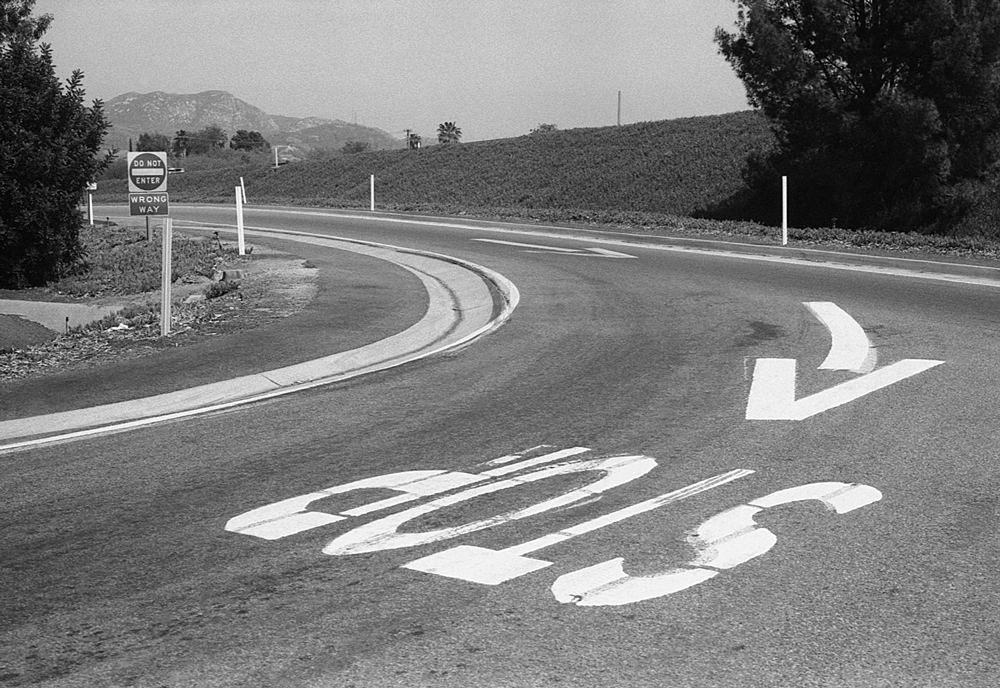
Stop 1987
The car is essential to life in California. When visiting his friend Ariel, who lives just a few houses away on the same street, Telemacher chooses to go by car. Even trips to the grocery store require transport, you don’t simply walk. My first driving test, and subsequent driver’s licence, was in San Diego. My car was an automatic with an accelerator pedal, a brake pedal and rudimentary gears; it had the simplicity of driving a fairground dodgem car. The roads that I drove along were wide and the speed limit of 55mph seemingly made a crash less likely, even for a novice. You quickly become accustomed to observing the landscape on the move.
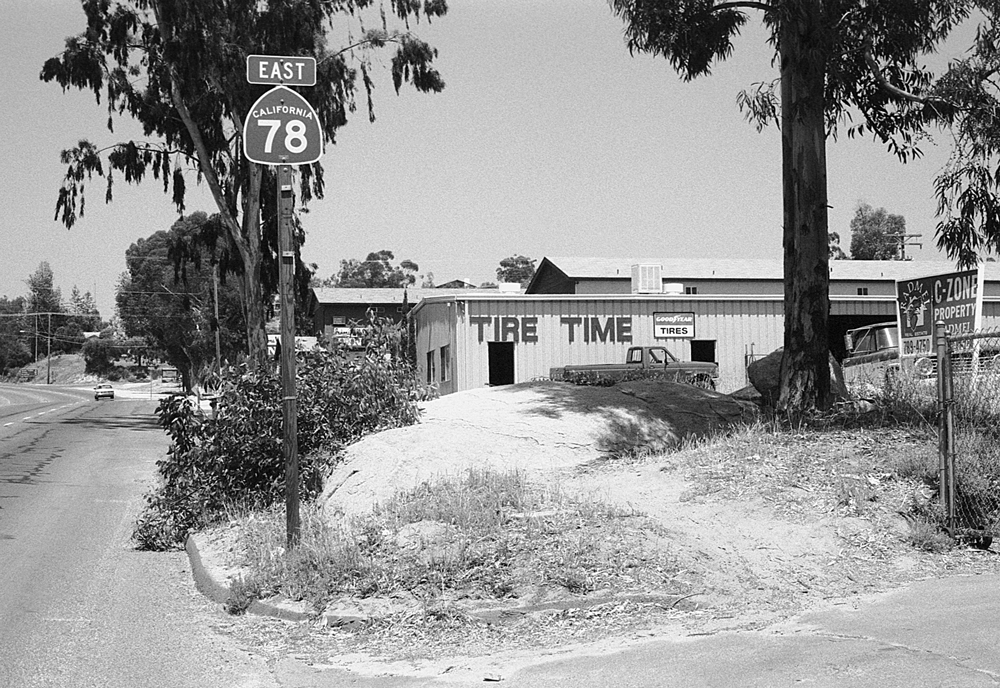
Tire Time 1987
The central arteries of movement are the freeways: Freeway 8 that runs from the west to the east, and Freeway 5 that travels from the south to the north. San Diego is a city defined by its borders: south is Tijuana (so close that it could be considered to be a lower-class sibling); to the west is the vast ocean of the Pacific; to the east are mountains and desert; and the expanse of Marine Corps Base Camp Pendleton separates San Diego from Los Angeles, its northern neighbour.
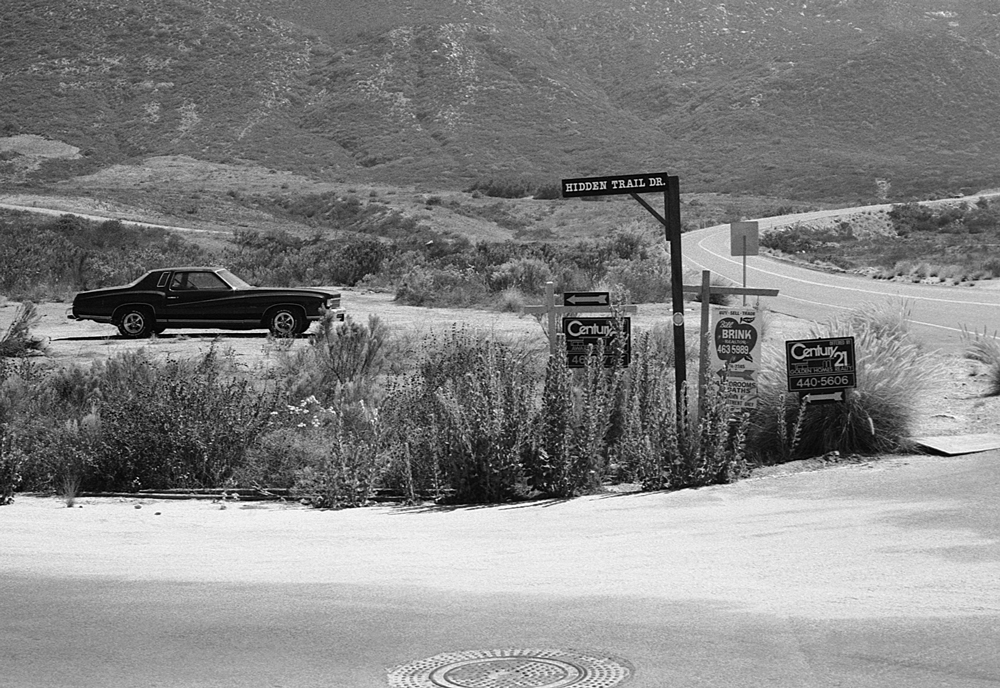
Hidden Trail Drive 1987
If the borders are defined then this also applies to the separated communities of the city. Along the coast are well-healed areas: Ocean Beach, Pacific Beach, Mission Bay, Del Mar, La Jolla and Coronado. Close to the Mexican border are the less desirable locations: National City and Chula Vista. And to the east lie the spreading suburbs of East County.
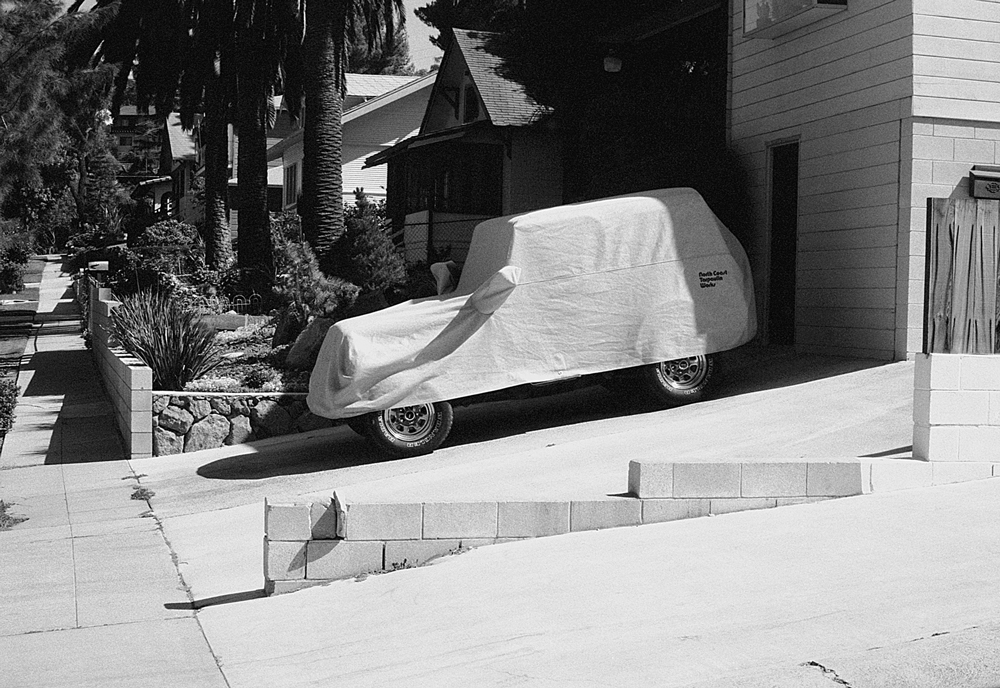
Covered care in drive 1987
My one-bedroomed apartment was in El Cajon, a place reserved for rednecks and immigrants. The apartment had a large living room, a galley kitchen, bathroom, and bedroom with a walk-in wardrobe. Air-conditioning made summer heat bearable, and there was also access to a communal swimming pool. Continuous all-year sunny weather allows the constant use of the pool, but you soon acclimatise to the etiquette of avoiding use when temperatures are lower. The challenge becomes how to make each day different when each day is the same. For Telemacher, the weather report has to be ‘wacky’ – comic exaggerations that poke fun at an unchanging climate.
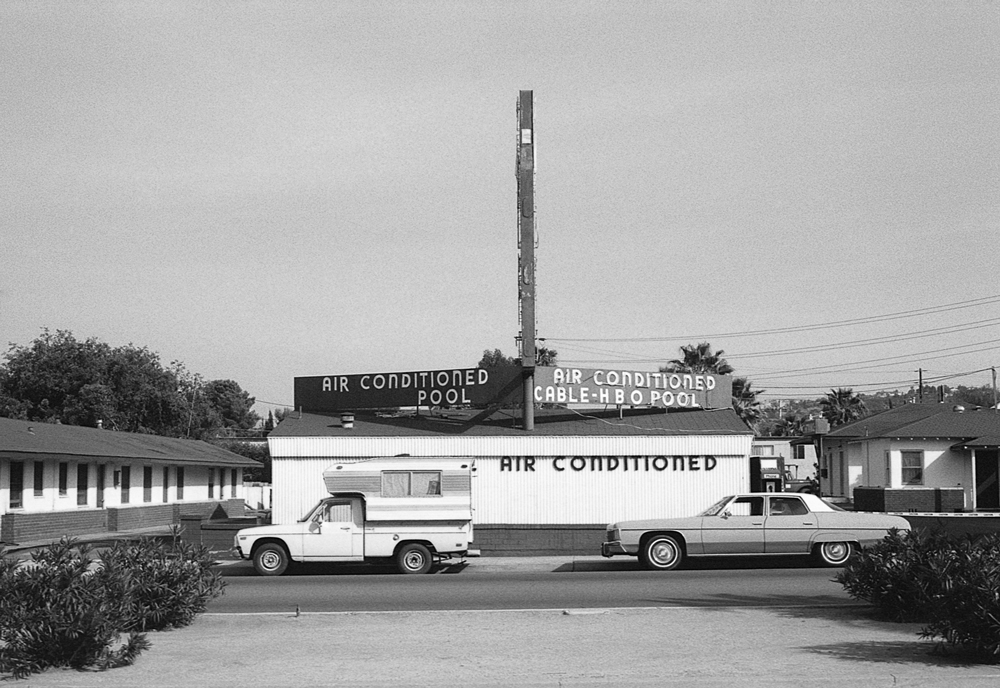
Air Conditioned 1987
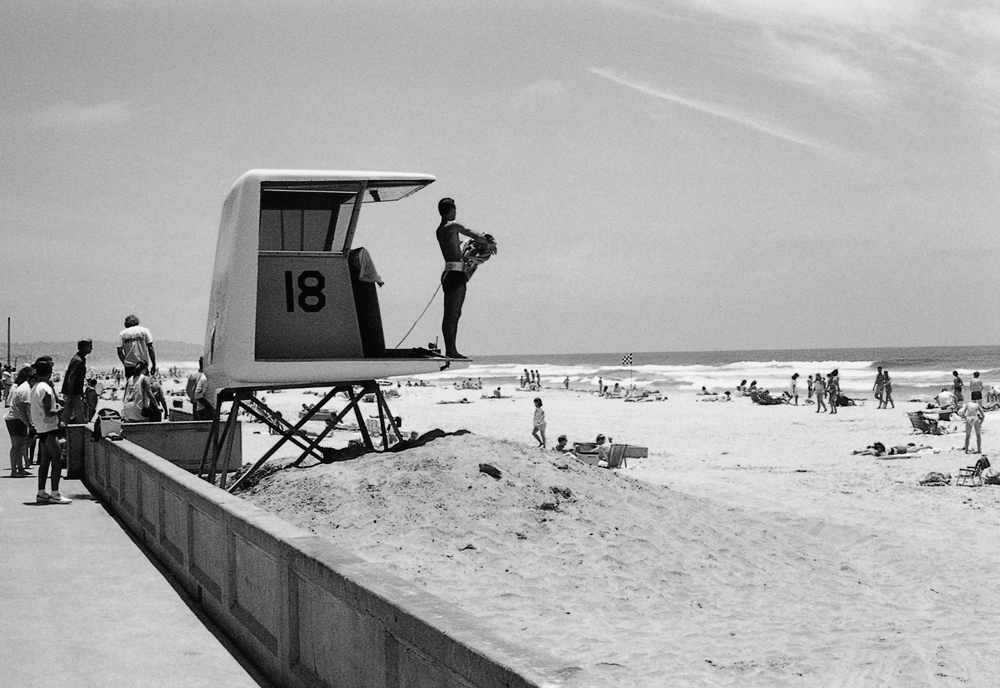
Lifeguard 1987
Telemacher’s routine is diverted when he is hijacked by an electronic freeway sign. If the weather and landscape are featureless, and the viewer is on the move, then large signs are crucial. Freeway directions, road signs and street names co-ordinate movement. Commercial billboards and storefronts add purpose. Parking lots and shopping malls became the base for my explorations. Walkers were unusual, nomads trekking across a man-altered wilderness. In what is essentially a desert landscape, a person walking on foot was exposed to concentrated heat, consequently, a shaded shopping mall is like an oasis. Surveying the locale, I would look out for types of things: American cars, strip mall signs, stores, gas stations, palm trees, and mailboxes. To these observations would be added the larger scene, and so a topographical perspective was mapped out.
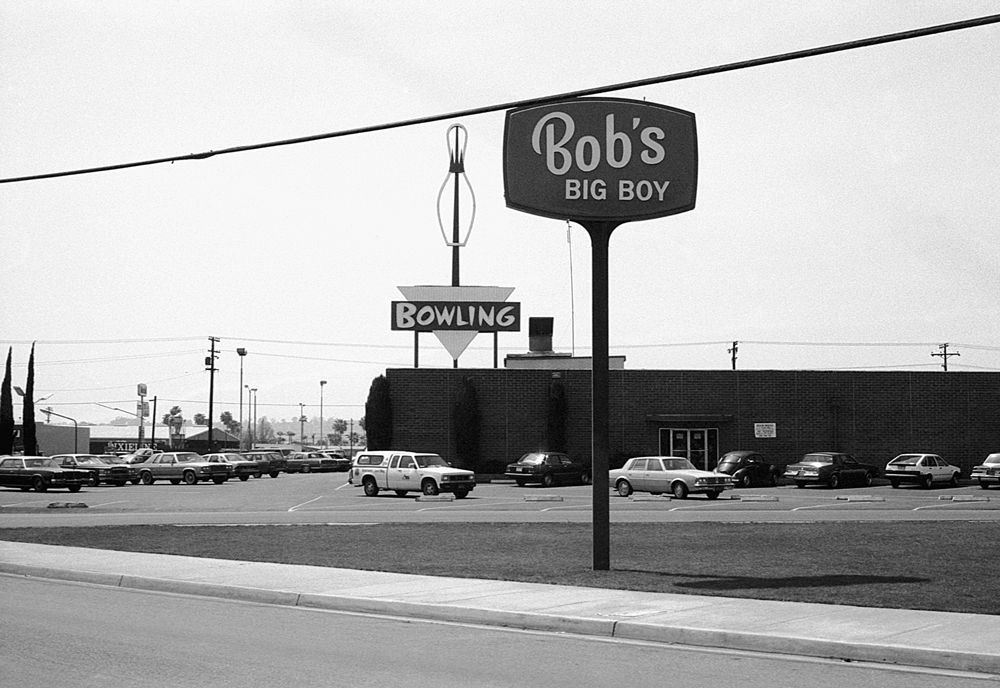
Bobs Big Boy Bowling 1987
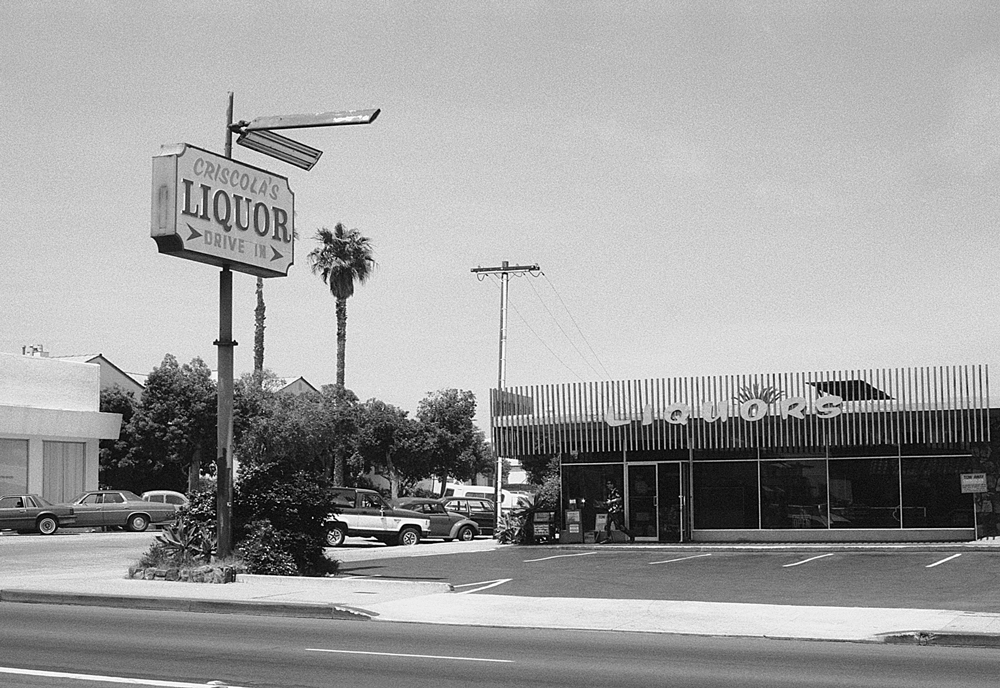
Liquor Store 1987
American towns and cities are arranged on a grid, which implies a sense of rigorous order. The buildings have less certainty, made of wood and plasterboard, many of these structures are flimsy. This temporary nature meant that what was no longer of use could be torn down to be replaced by another, more up-to-date venture. Alternatively, the timber buildings could be easily burnt to the ground by fires caused by the dry, tinderbox environment. The result is that the face of the Californian landscape is renewed and always fresh.
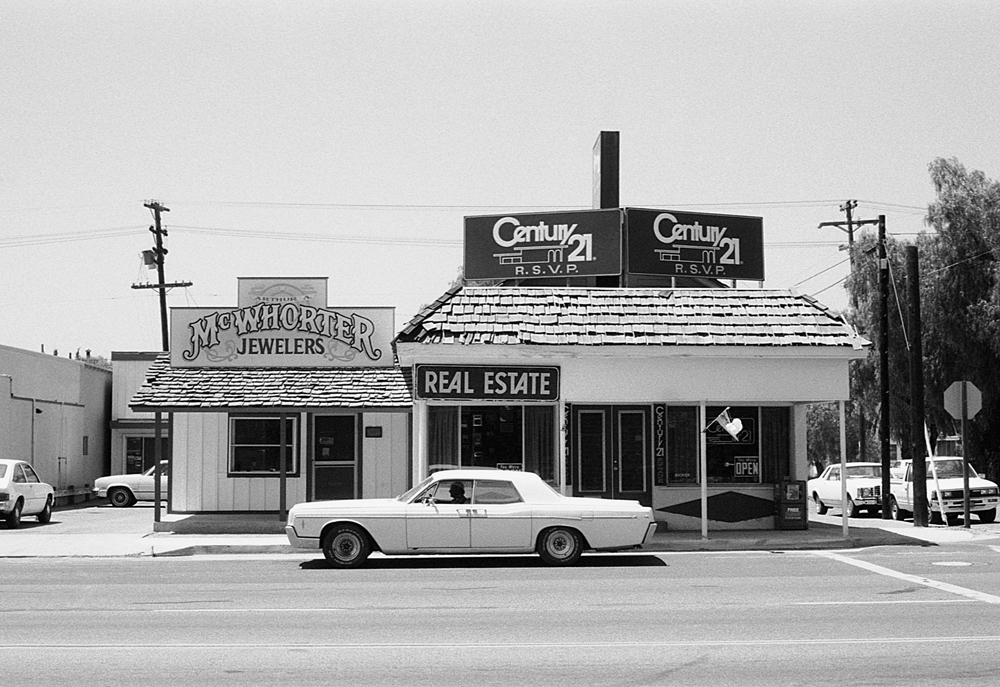
McWhorter 1987
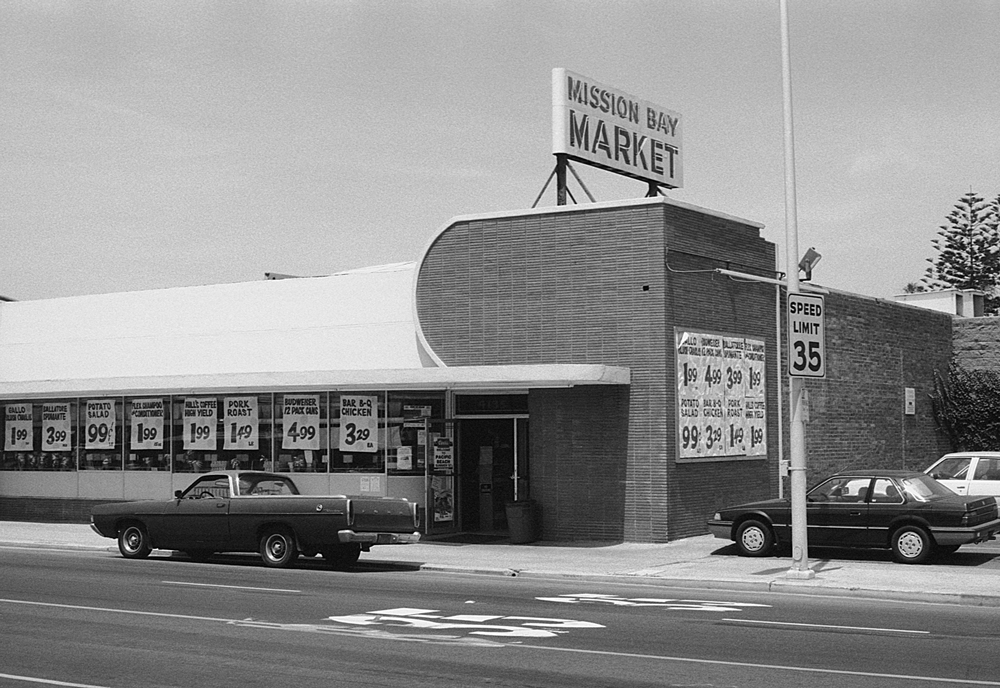
Mission Bay Market 1987
The evergreen foliage reinforces this mirage. Palms and pines seem natural, but the unnatural manicured greenery of suburban landscaping, fed by lawn sprinklers, belies the true chaparral that dominates this region. When Telemacher and Ariel visit the art museum in ‘L. A. Story’, the viewer gets to see two paintings by David Hockney: an early painting of a swimming pool scene envisages the refined space of suburban life, while a later painting, ‘Mulholland Drive: The Road to the Studio’ (1980), shows what lies beyond.
Telemacher’s story reaches a dramatic conclusion with an unpredictable rainstorm that prevents his love interest, the English journalist Sara, from leaving Los Angeles. A natural cataclysm is predicted for California, its inhabitants sit on the edge waiting for ‘The Big One’, an inevitable huge earthquake. This underlies the sense of impermanence in this State. San Diego has its own significant defences to avert change – it is the Naval homeport of the Pacific Fleet. The defence industry touches on lives in San Diego.
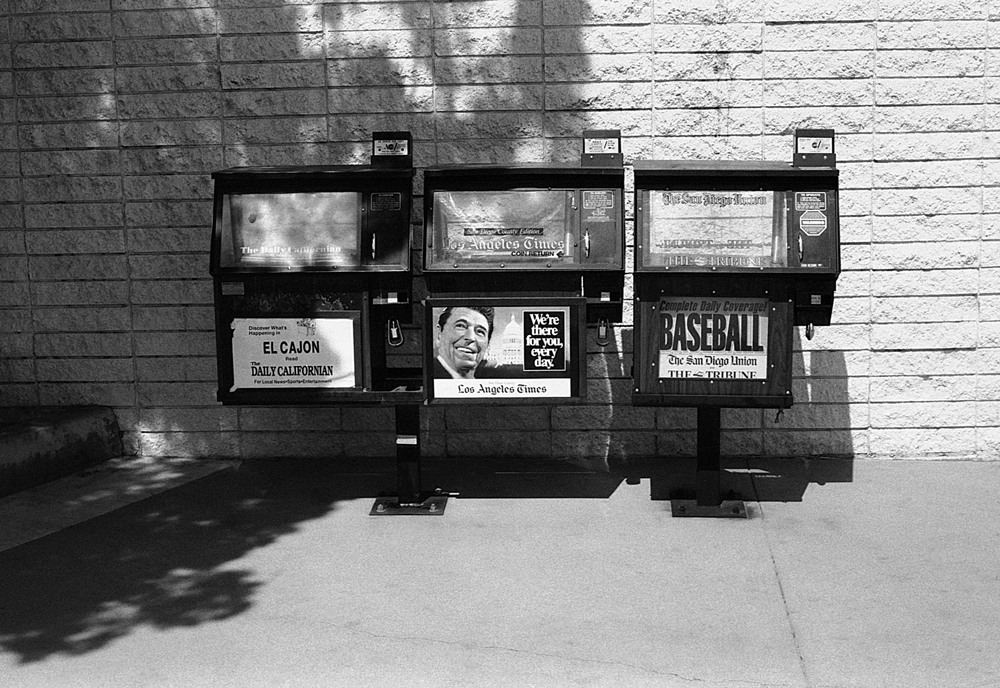
Newsstand 1987
The 1980s were dominated by the Presidency of Ronald Reagan, and the Cold War was still smouldering. Although San Diego is tucked into the far southwestern corner of the USA, it has a place in the centre of American politics. More recently, its status as a Sanctuary city brought it to the fore of Trump’s campaign against illegal immigrants. My own position, as a legal non-American resident, put me in the middle of an ill-defined fault line. Neither part of nor apart from California, I existed on shaky ground.
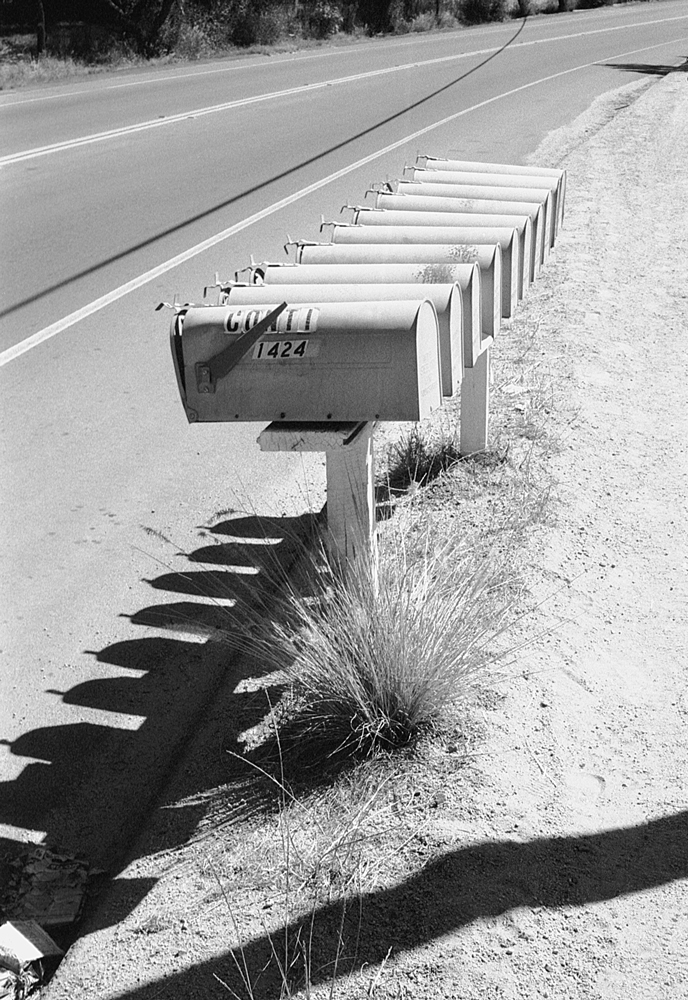
Mailbox 1987
About Stephen Clarke
Stephen Clarke is an artist, writer and lecturer, currently in Art & Design at the University of Chester. He studied Fine Art Photography and has a Masters’ Degree in Contemporary Art and Theory and Fine Art Printmaking from Winchester School of Art. His photobooks have been published by Café Royal Books (11 titles), The Velvet Cell and Out of Place Books. He frequently collaborates with Professor David Ferry
His exhibition ‘End of the Season’ about family holidays in North Wales is part of Clarke’s larger on-going project on the British seaside.
Viewing the exhibition:
Stephen Clarke’s Alien Resident San Diego 1986-1987 is currently being exhibited at the Contemporary Art Space Chester (CASC gallery) in Chester, England. Care of Covid19, for the moment the gallery is closed to visitors – we’ll keep updating this post to reflect when it’s accessible again.
Cafe Royal Books, Stephen Clark zines available from Greyscape:
San Diego Topographics Series 1 1986-1987
San Diego Topographics Series 2 1986-1987
All images are the copyright of Stephen Clarke ©




